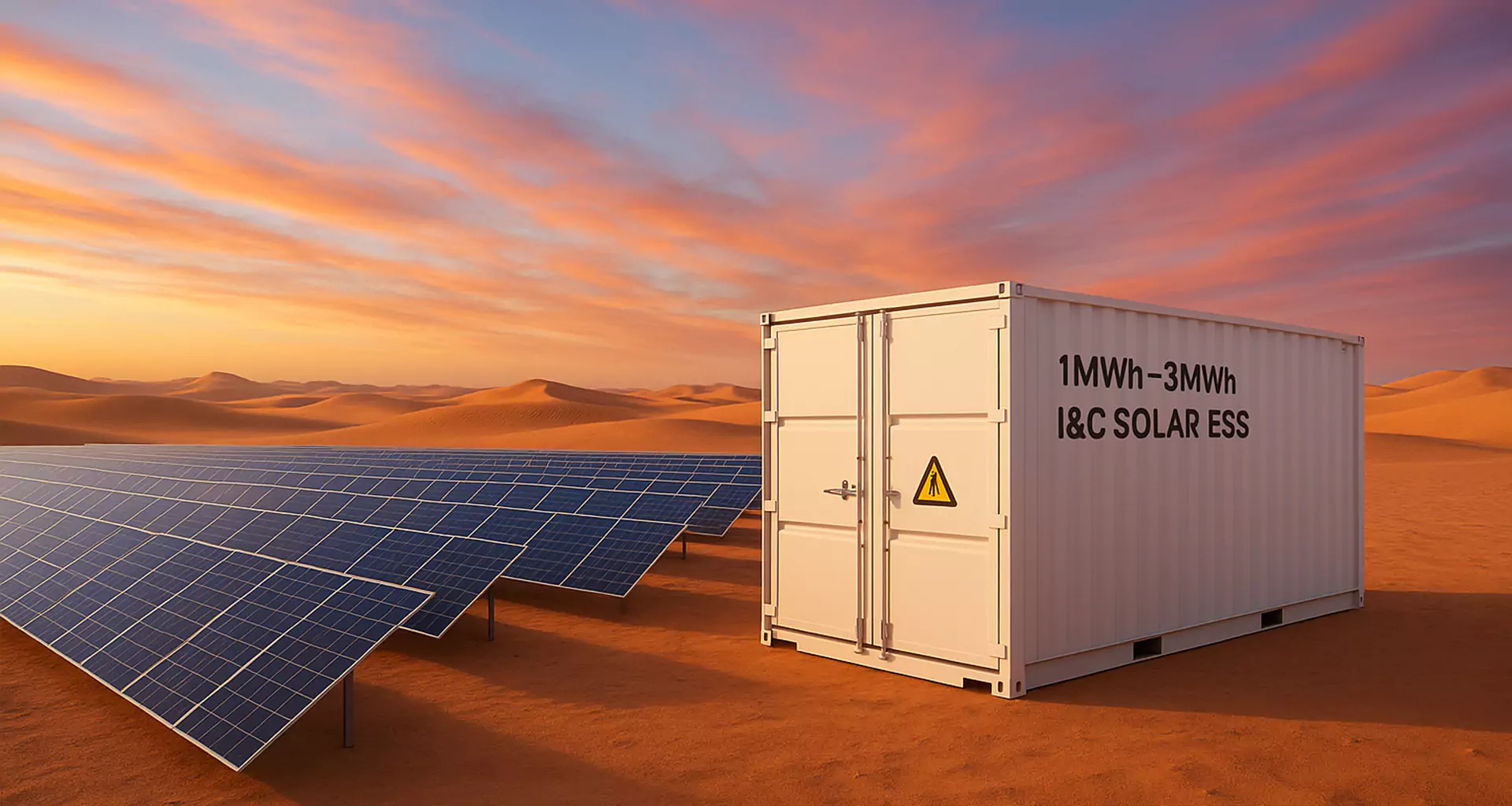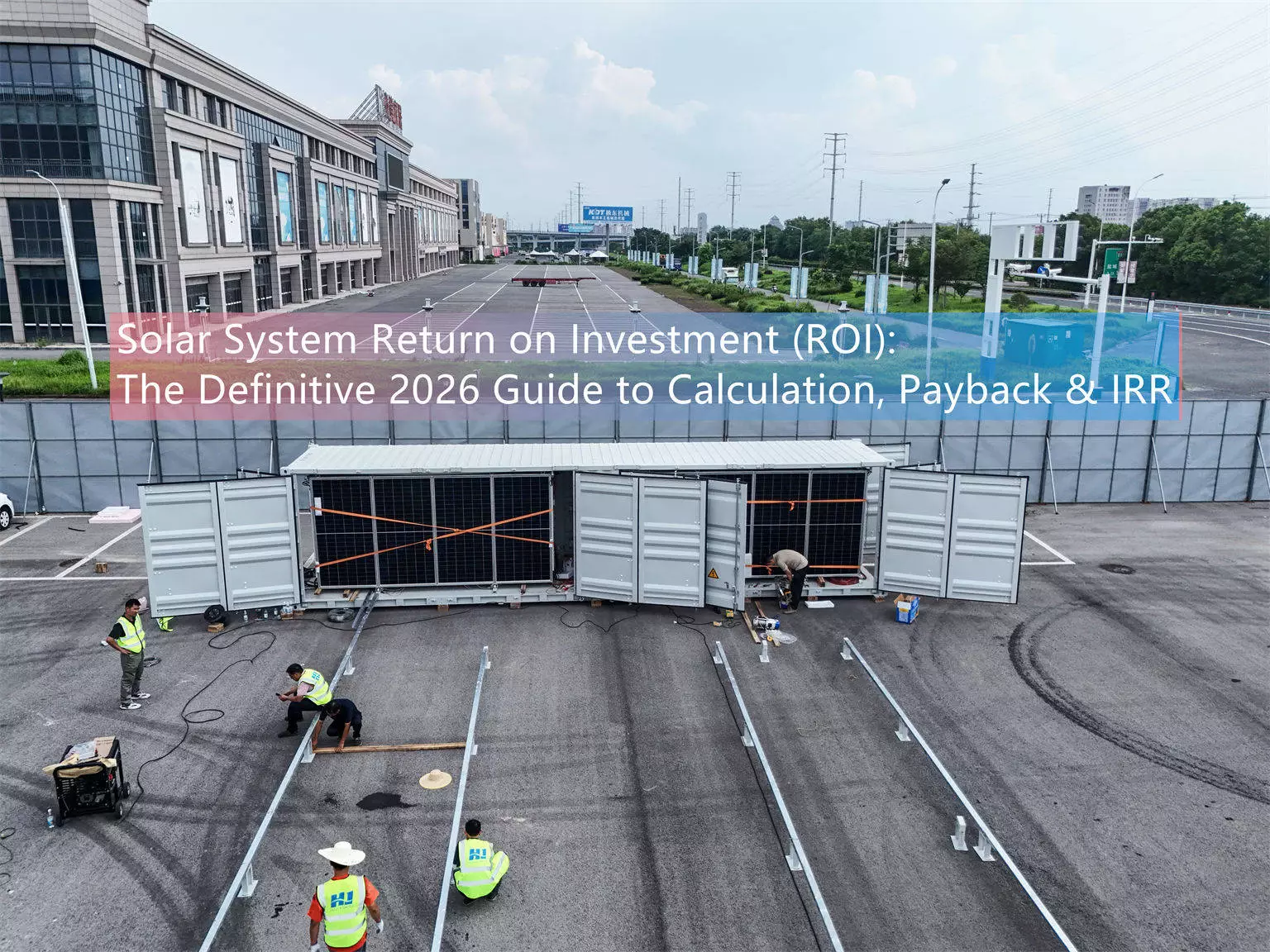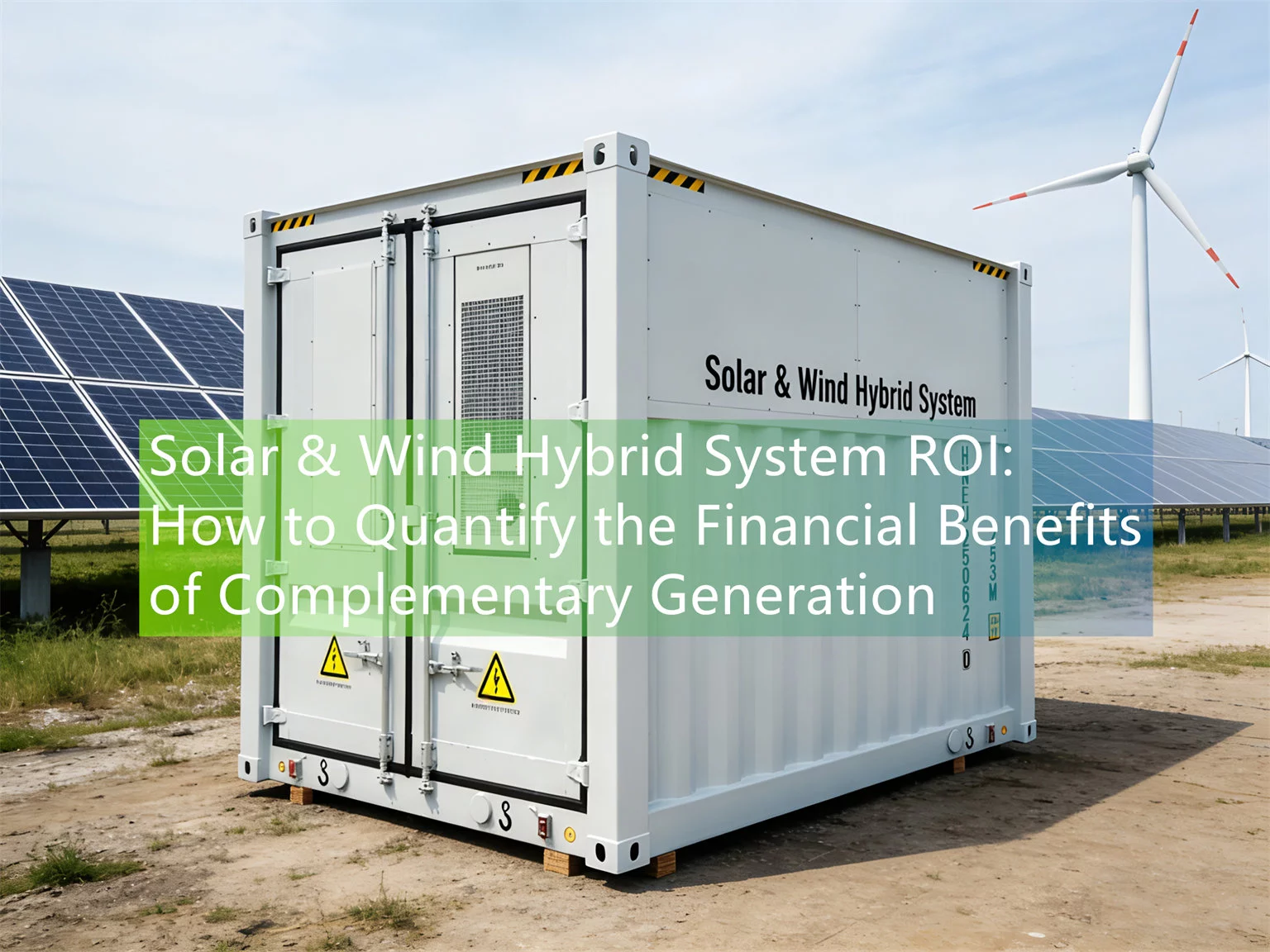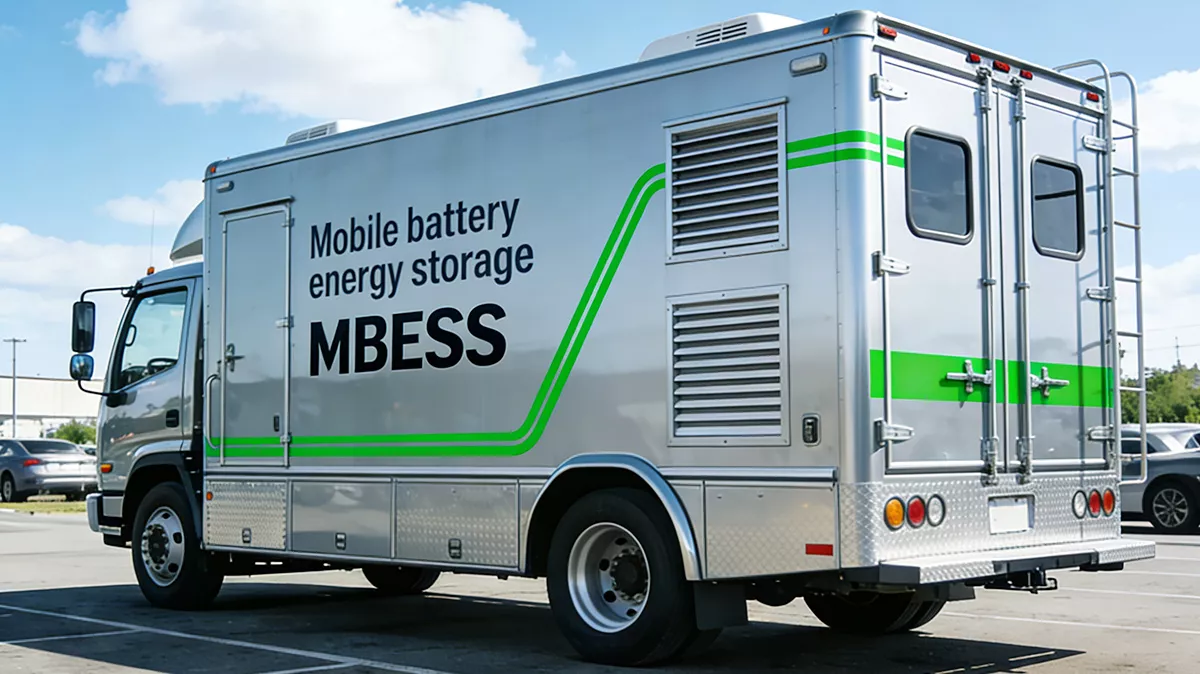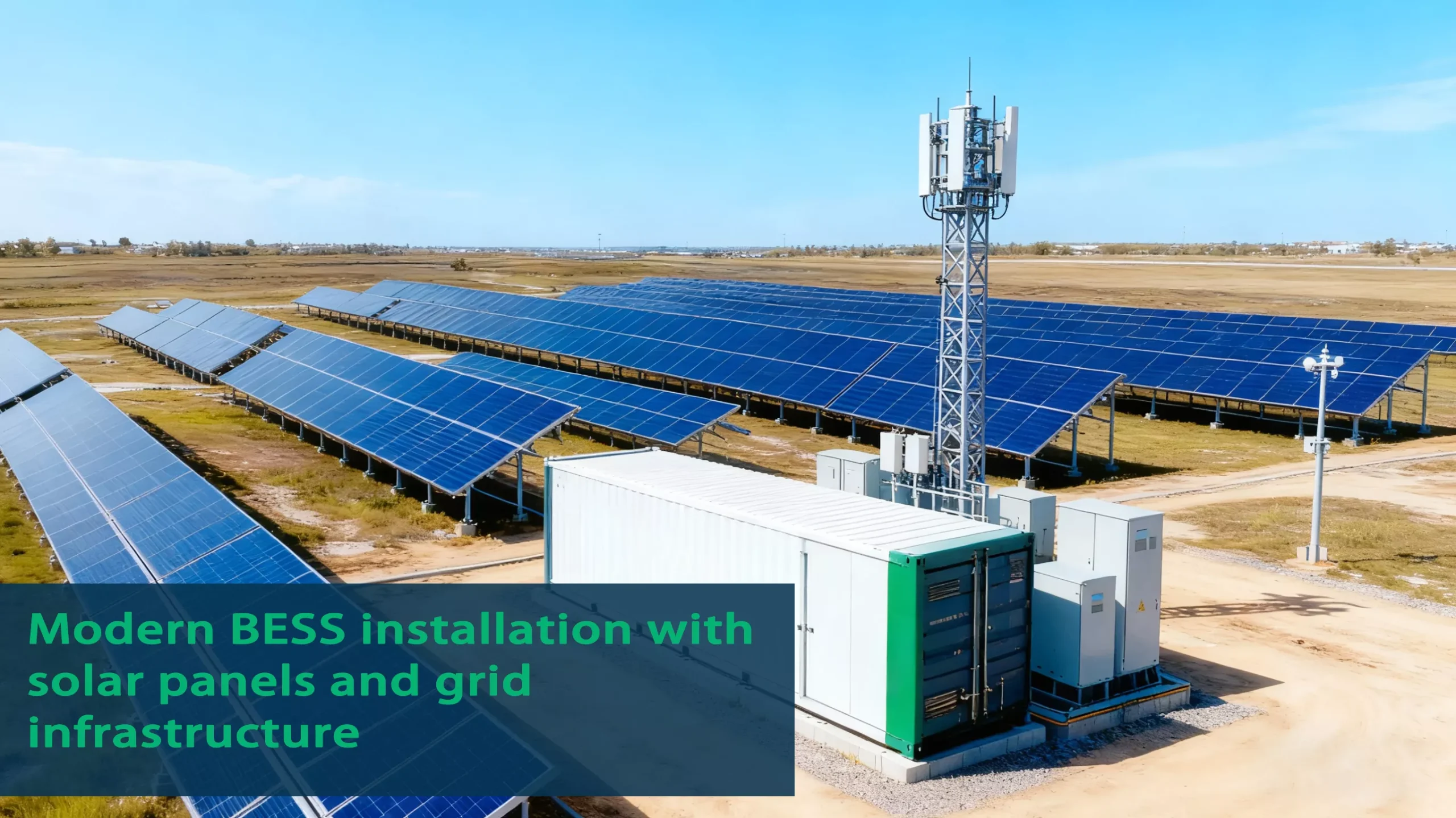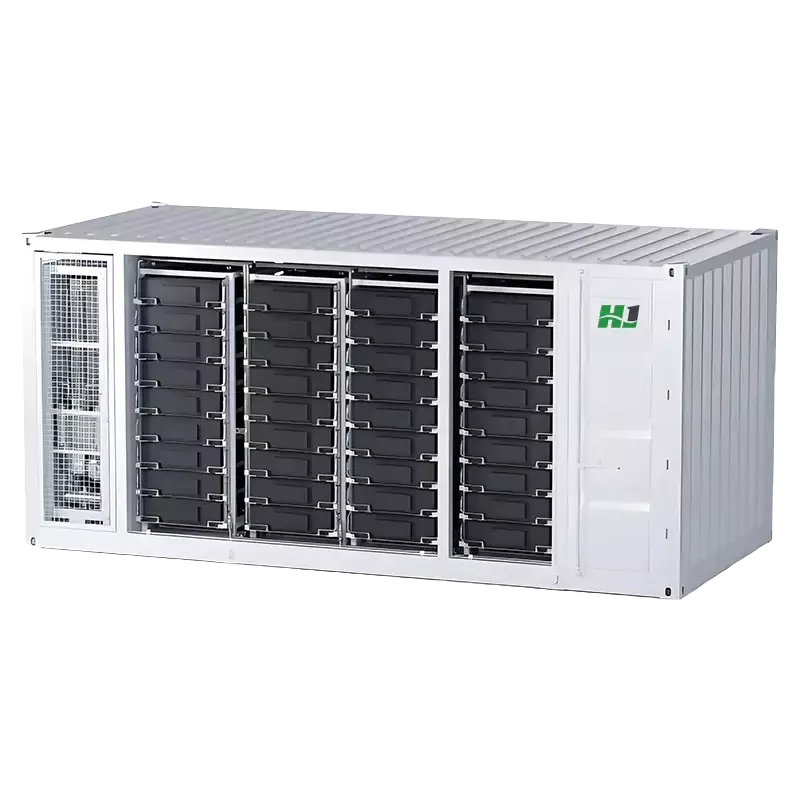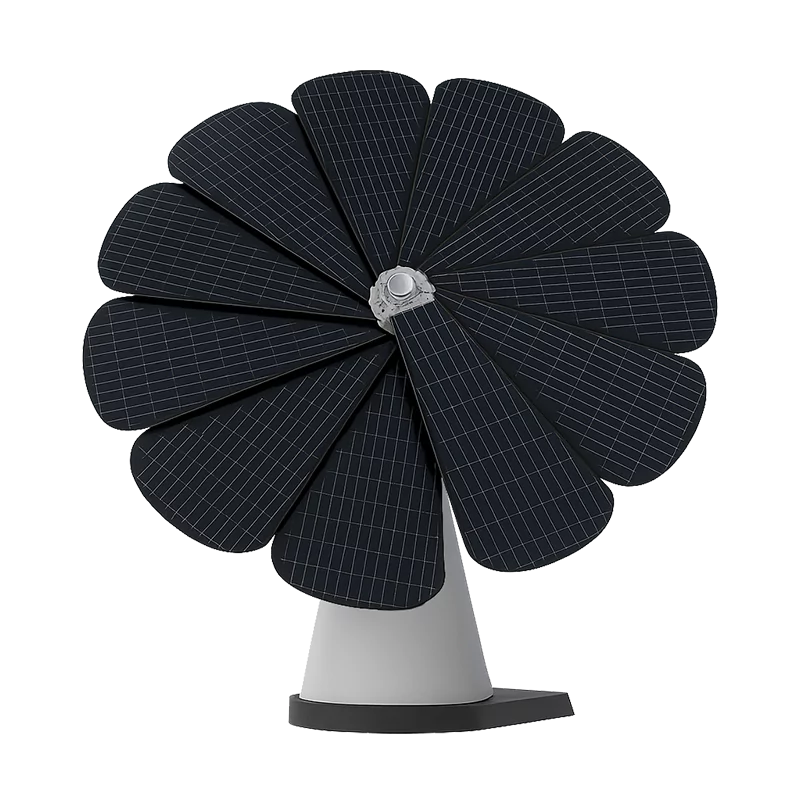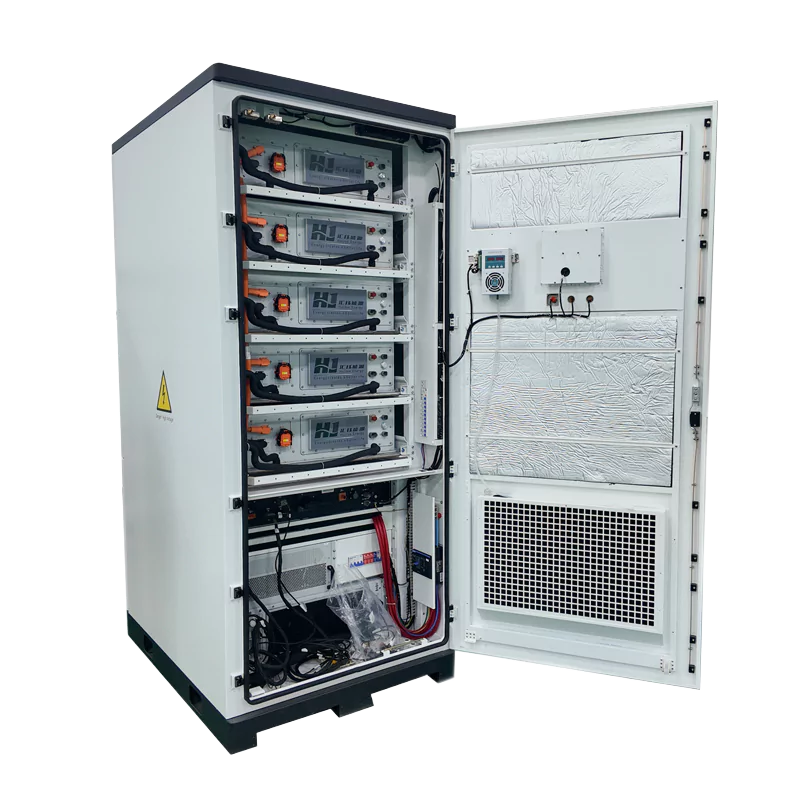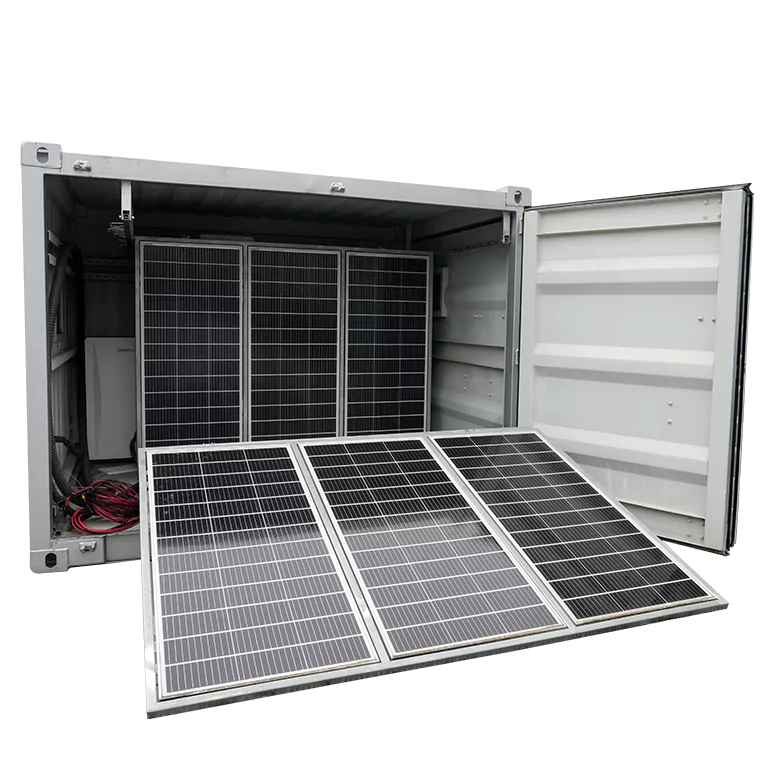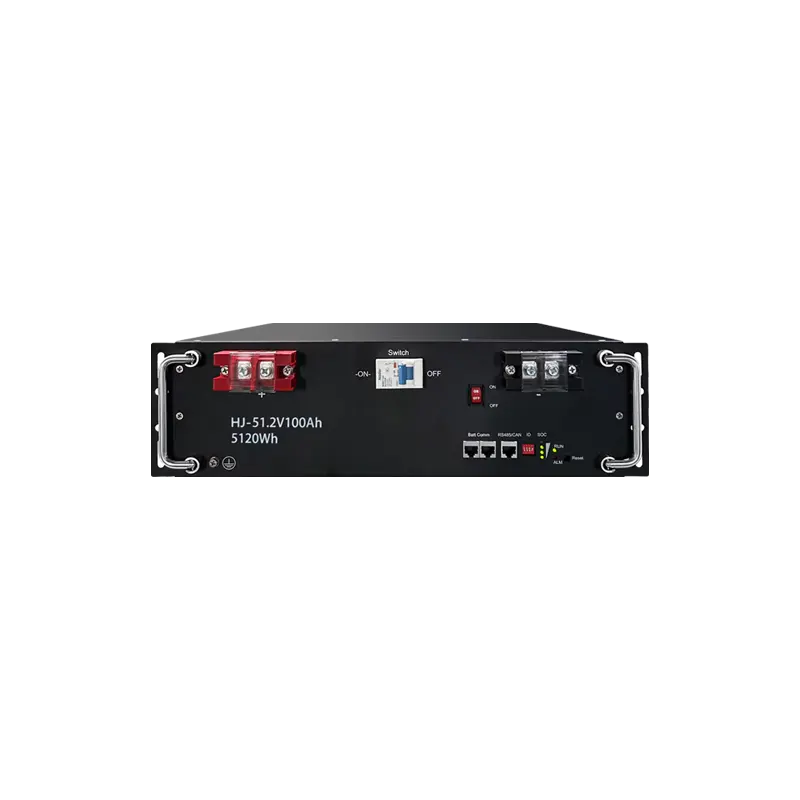Off-Grid Solar Storage Systems: Containerized Solutions for Reliable Power (2025)
With rising energy costs and a global push toward sustainability, achieving true energy independence is now a practical reality. Off-grid solar storage systems are leading this shift, delivering reliable and clean power to locations worldwide. Among the most scalable and innovative solutions are containerized solar battery storage units, which integrate power generation, storage, and management into a single, ready-to-deploy package. This in-depth guide explores the technology, benefits, and real-world applications of these robust systems to help you make a well-informed energy decision.
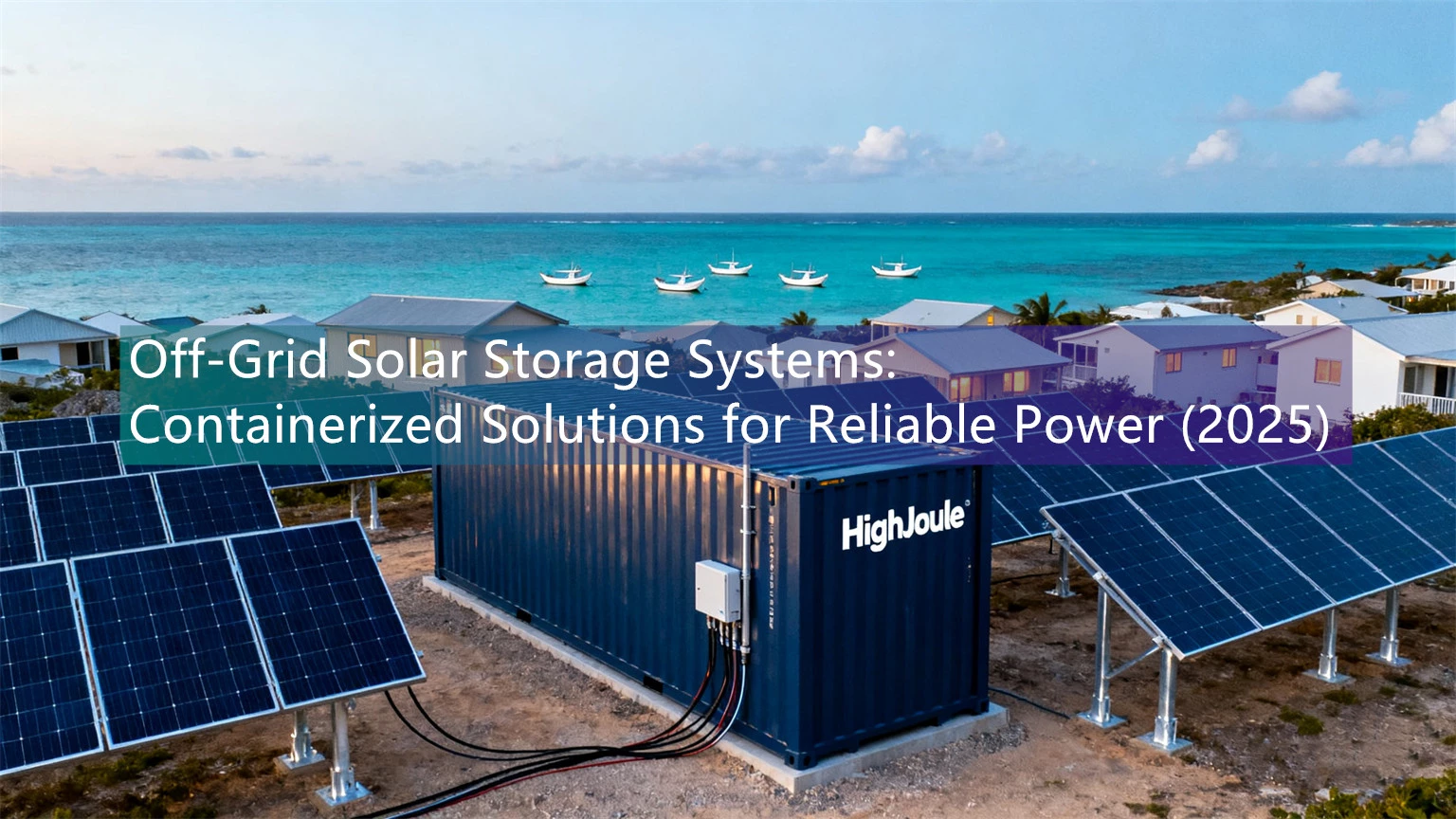
The Global Push for Energy Independence and Off-Grid Solutions
The off-grid power sector is expanding rapidly. A recent Wood Mackenzie study highlights considerable growth in the global off-grid solar market, fueled by remote industrial operations, unstable grid infrastructure in emerging economies, and increasing demand for resilience in developed nations. From mining sites in Australia to telecom infrastructure in Africa and community microgrids in Southeast Asia, the universal challenge remains: how to generate and store electricity reliably off the grid.
Modern off-grid solar storage systems meet this need effectively. Unlike conventional diesel generators—notorious for noise, pollution, and high operating costs—containerized energy storage systems (ESS) offer a quiet, emission-free, and cost-efficient alternative. These systems are pre-assembled and tested in factory settings, shipped in standard containers, and require only a level foundation and connection to solar panels to become operational. This plug-and-play approach slashes on-site installation time and cost.
Technical Overview: Inside a Containerized Solar Battery Storage System
A typical solar storage container is a feat of integrated engineering. Below, we examine its core components and technical specs.

Core Components:
- Solar PV Modules: High-efficiency panels, typically monocrystalline, that convert sunlight into DC electricity.
- Lithium-Ion Battery Bank: The core storage unit. Lithium Iron Phosphate (LFP) is now the standard due to its safety, long lifecycle (often exceeding 6,000 cycles), and thermal stability.
- Hybrid Inverter/Charger: A vital unit that regulates energy flow, converting DC from solar panels or batteries to AC for appliances. It can also interface with a backup generator if required.
- Battery & Energy Management Systems (BMS/EMS): The system’s intelligence. The BMS monitors and protects battery cells, while the EMS controls power distribution based on generation, storage levels, and usage.
- Thermal Management System: An integrated HVAC unit that maintains optimal temperature for batteries and electronics, ensuring performance under extreme conditions.
- Safety & Security Systems: Includes fire suppression, smoke detection, anti-vandal locks, and IoT-based remote monitoring.
Technical Specs & Industry Comparison:
When comparing containerized solar battery storage options, consider these metrics:
| Feature | Standard Industry Offerings | High-Capacity Systems (e.g., Highjoule) | Benefit |
|---|---|---|---|
| Capacity | 500 kWh – 2 MWh | Scalable from 250 kWh to 4+ MWh per container | Suitable for both small and large projects. |
| Container Size | 20ft or 40ft standard | Custom 20ft/40ft layouts | Compatible with standard shipping and handling. |
| Battery Chemistry | LFP | Premium Grade A LFP Cells | Improved longevity, safety, and warranty. |
| Round-Trip Efficiency | ~90% | Up to 95%+ | Maximizes energy yield from solar input. |
| Scalability | Single unit | Multi-container parallel operation | Expandable as energy demand grows. |
| Environmental Rating | IP54 | IP55 or higher | Superior defense against dust and water. |
For a closer look at systems that meet these high-performance standards, visit the Highjoule product page.
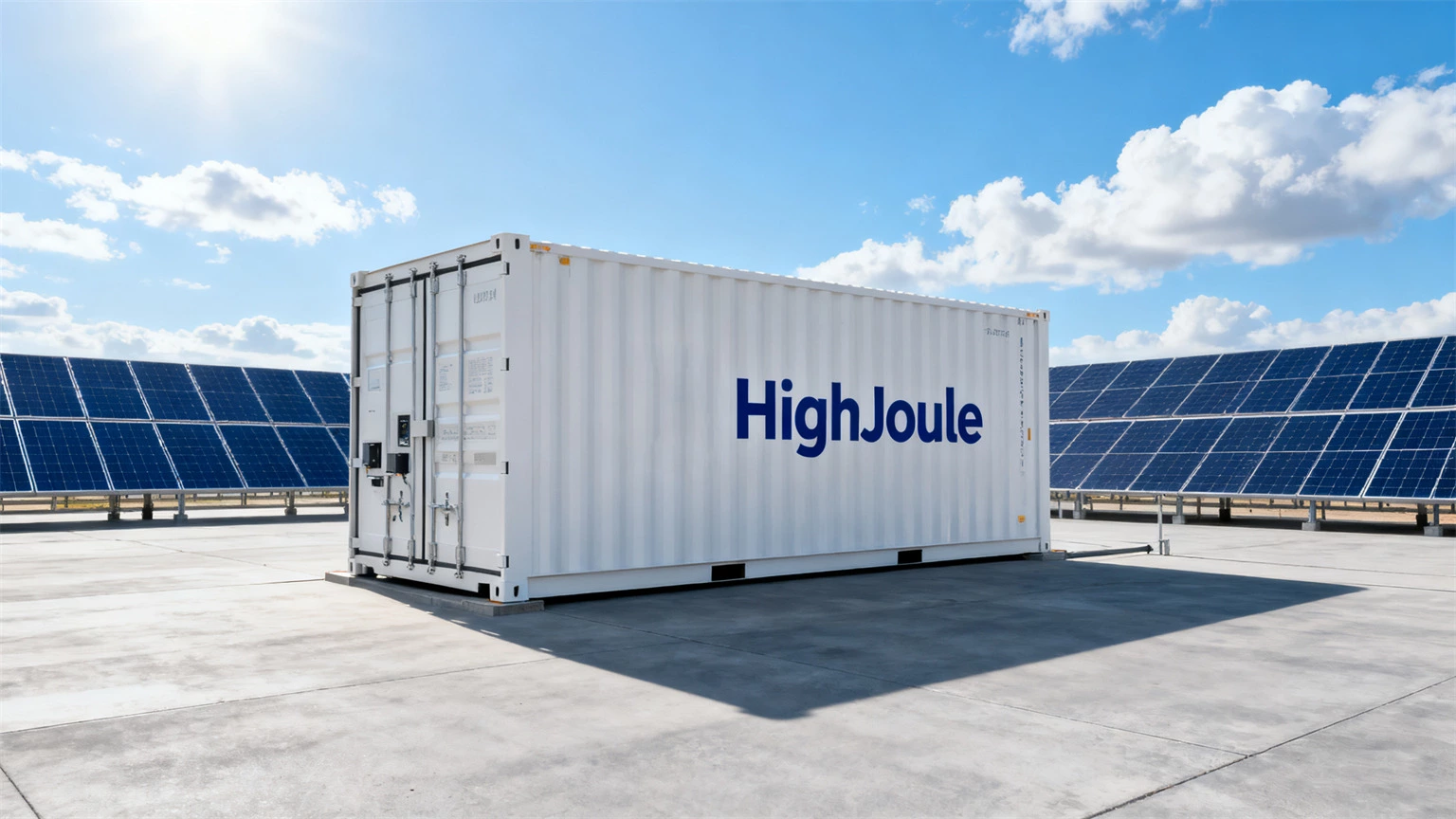
Why Choose a Containerized Off-Grid System? Key Benefits
- Lower Long-Term Cost (LCOE): Although initial investment may exceed that of diesel generators, the Levelized Cost of Energy (LCOE) is significantly lower over time. Eliminating fuel costs and reducing maintenance make solar-plus-storage a smarter economic choice.
- Fast Deployment & Ease of Use: Factory integration means the system arrives almost ready to use. This minimizes on-site labor and speeds up ROI.
- Reliability & Durability: Built to perform in tough conditions, these containers provide uninterrupted power, entirely independent of grid failures.
- Sustainability & ESG Alignment: A carbon-neutral solution supports corporate Environmental, Social, and Governance (ESG) targets and helps meet tightening regulatory standards.
Real-World Applications and Case Examples
Containerized off-grid solar storage systems are highly adaptable. Key use cases include:
- Mining & Remote Industry: A copper mine in Chile integrated a 3 MW solar array with a 2.4 MWh containerized ESS, cutting annual diesel consumption and carbon emissions while saving on fuel costs.
- Telecom Infrastructure: A leading telecom firm in Nigeria installed multiple solar storage containers to power off-grid cell towers, boosting network uptime and avoiding frequent diesel refueling.
- Agriculture & Irrigation: A farming operation in California adopted a solar storage container to run irrigation systems, reducing energy expenses and securing water supply during critical periods.
- Disaster Response: After Hurricane Maria, containerized systems were shipped to Puerto Rico to supply urgent power for emergency services and critical infrastructure.
- Remote Communities & Microgrids: An island community in Southeast Asia shifted from diesel to a containerized microgrid, gaining stable and affordable electricity for homes and businesses.
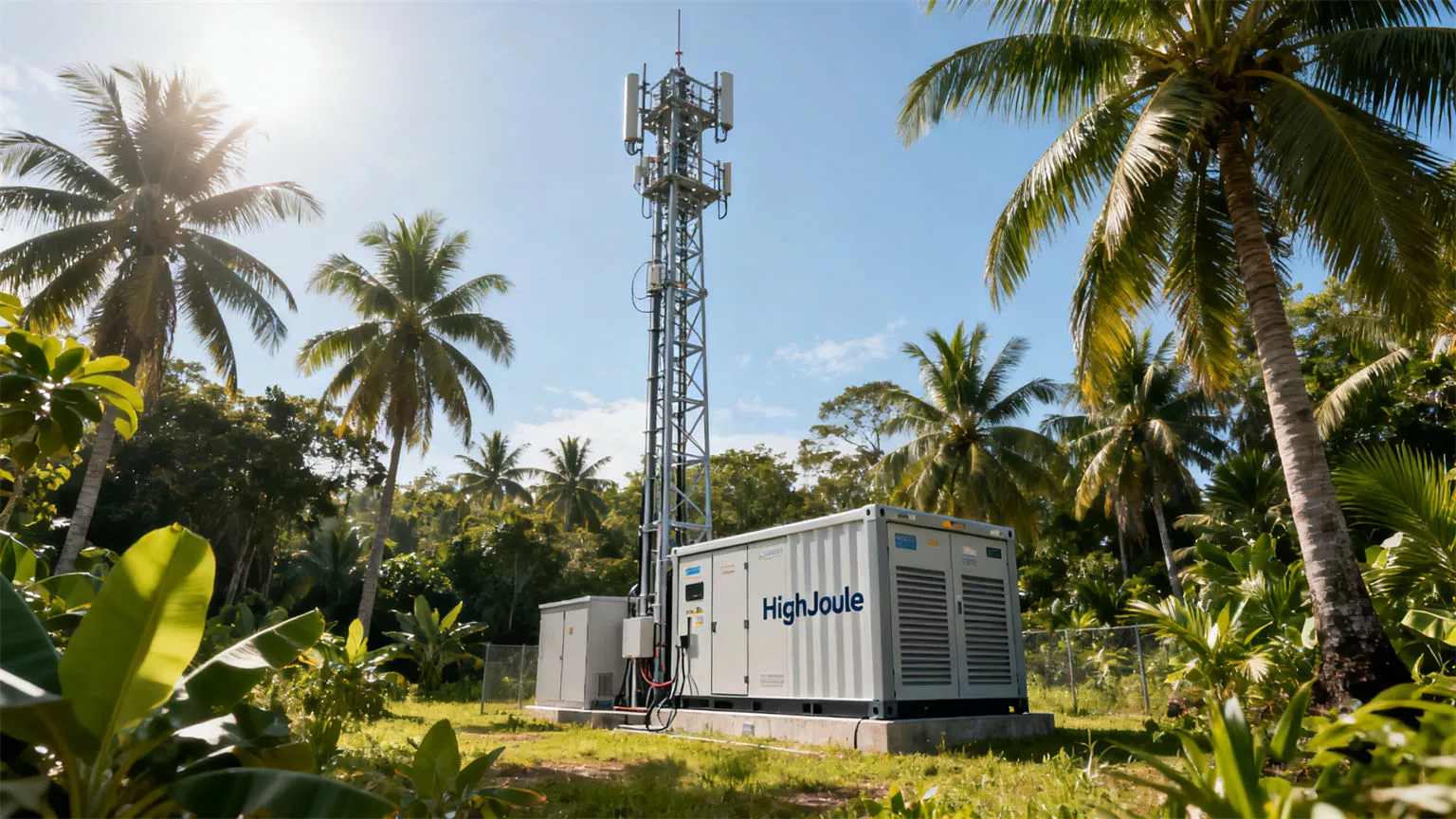
Service and Support: Ensuring Long-Term Performance
An off-grid system is a long-term investment. Strong after-sales support is essential. Key factors to consider include:
- 24/7 remote monitoring and technical assistance
- Extensive warranty coverage (e.g., 10 years on batteries)
- Global logistics and local service networks for rapid response and parts availability
Conclusion: Energizing Your Operations with Confidence
Renewable, independent power is no longer a fringe concept—it’s a mainstream solution. Off-grid solar storage systems, especially containerized versions, provide a scalable, economical, and reliable route to energy independence across diverse applications. By leveraging advanced LFP technology, robust design, and smart energy management, these systems ensure significant cost savings, operational continuity, and a smaller carbon footprint.
Interested in integrating a containerized energy system into your project? Reach out to Highjoule to discuss your needs and receive a tailored proposal. Our team is ready to assist you in building a system that balances reliability, return on investment, and resilience.
Frequently Asked Questions (FAQ)
Q1: How long can an off-grid solar storage system run my facility?
A: Runtime depends on energy consumption and battery capacity. Most systems are designed for 1-3 days of autonomy to account for low sunlight periods.
Q2: What’s the expected lifespan of a containerized battery system?
A: Quality LFP batteries commonly last 15-20 years and support over 6,000 cycles while retaining 80% of original capacity.
Q3: Can I connect a diesel generator to a solar container system?
A: Yes. Most hybrid off-grid systems allow generator integration for backup charging during prolonged cloudy conditions.
Q4: What maintenance does a solar storage container require?
A: Maintenance is minimal—primarily solar panel cleaning and periodic inspections. Most monitoring and software updates are performed remotely.
References:
- Wood Mackenzie, Off-grid and Microgrid Energy Storage Market Outlook
- IRENA, Electricity Storage and Renewables: Costs and Markets to 2030
- BloombergNEF, Lithium-Ion Battery Price Survey
Find Your Solar + Battery Storage Specialist Now!
* Fill out this form and our experts will help you find the perfect solar storage solution for your home or business.


